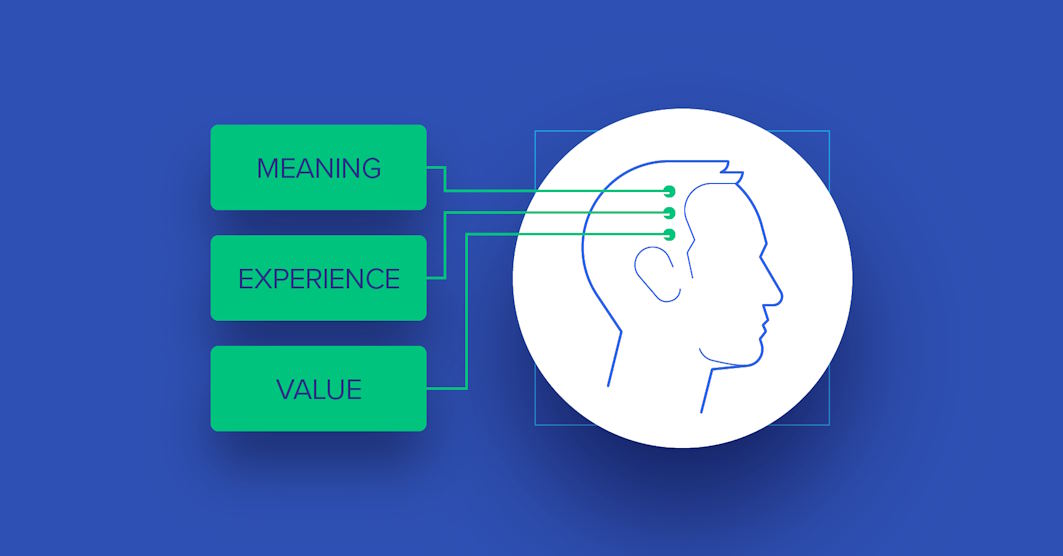Designing for Emotional Engagement: Creating Memorable User Experiences

In the digital era, where attention spans are fleeting and choices abound, the pursuit of user loyalty goes hand in hand with the cultivation of emotions. Designing for Emotional Engagement is not merely an aesthetic endeavor; it’s a strategic imperative. As we embark on this exploration, we’ll dissect the elements that contribute to emotional resonance—ranging from visual aesthetics to interactive interfaces and compelling storytelling.
The Elements of Emotional Engagement
In the intricate realm of emotional design, the elements that shape user experiences go far beyond surface aesthetics, delving into the very core of human connection. Visual design, the initial ambassador of emotions, serves as the gateway to user engagement. Beyond mere aesthetics, it plays a pivotal role in captivating audiences through visual appeal. Color psychology, a silent yet potent communicator, further enhances this connection by tapping into the nuances of emotions tied to different hues. From serene blues to passionate reds, the palette becomes a language, influencing users’ feelings and perceptions. Intentional use of imagery and graphics takes this a step further, providing a visual narrative that resonates emotionally and stays etched in the user’s memory.
Interaction design, the heartbeat of user engagement, focuses on creating an intuitive and user-friendly journey. Seamlessness is the key, as a well-designed navigation experience not only facilitates functionality but also immerses the user in an enjoyable interaction. Microinteractions, those subtle animations or responses, add a layer of depth to the emotional connection, making the experience not just functional but delightful.

Content strategy, the storyteller in this narrative, weaves the emotional thread through compelling and relatable storytelling. Personalization and customization tailor the user experience, ensuring that each interaction feels uniquely crafted for the individual. The power of tone and language becomes the voice of the brand, influencing emotions and perceptions with every word.
Feedback and responsiveness, the backbone of trust, form the final pillar. Providing instant feedback acknowledges the user’s actions, making them feel heard and valued. Addressing needs and concerns promptly demonstrates a commitment to user satisfaction, fostering trust through transparent communication. In unison, these elements orchestrate an emotional symphony that transforms user engagement from a transaction into a memorable and meaningful connection.
Practical Tips for Designers
In the dynamic landscape of design, cultivating a deep understanding of the user is the cornerstone of creating emotionally resonant experiences. To embark on this journey, designers must prioritize conducting thorough user research to unravel the intricacies of their target audience. By delving into user behaviors, preferences, and pain points, designers gain valuable insights that serve as the compass for crafting emotionally engaging interfaces.

Collaboration emerges as a potent catalyst in the pursuit of emotional design. Partnering with psychologists allows designers to tap into the wealth of knowledge about human emotions, cognition, and behavior. This interdisciplinary approach brings a nuanced perspective, enriching the design process with psychological insights that go beyond surface-level aesthetics.
In the iterative dance of design, embracing continuous refinement is paramount. Iterative design processes provide the framework for incorporating user feedback into the evolving design landscape. This ongoing dialogue with users ensures that emotional engagement strategies are not static but adaptive, evolving with user needs and expectations. By integrating feedback loops into the design process, designers can fine-tune their creations, ultimately crafting experiences that not only meet functional requirements but also forge a profound emotional connection with users.
